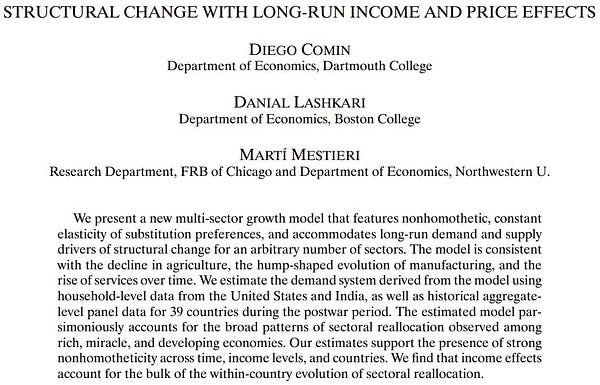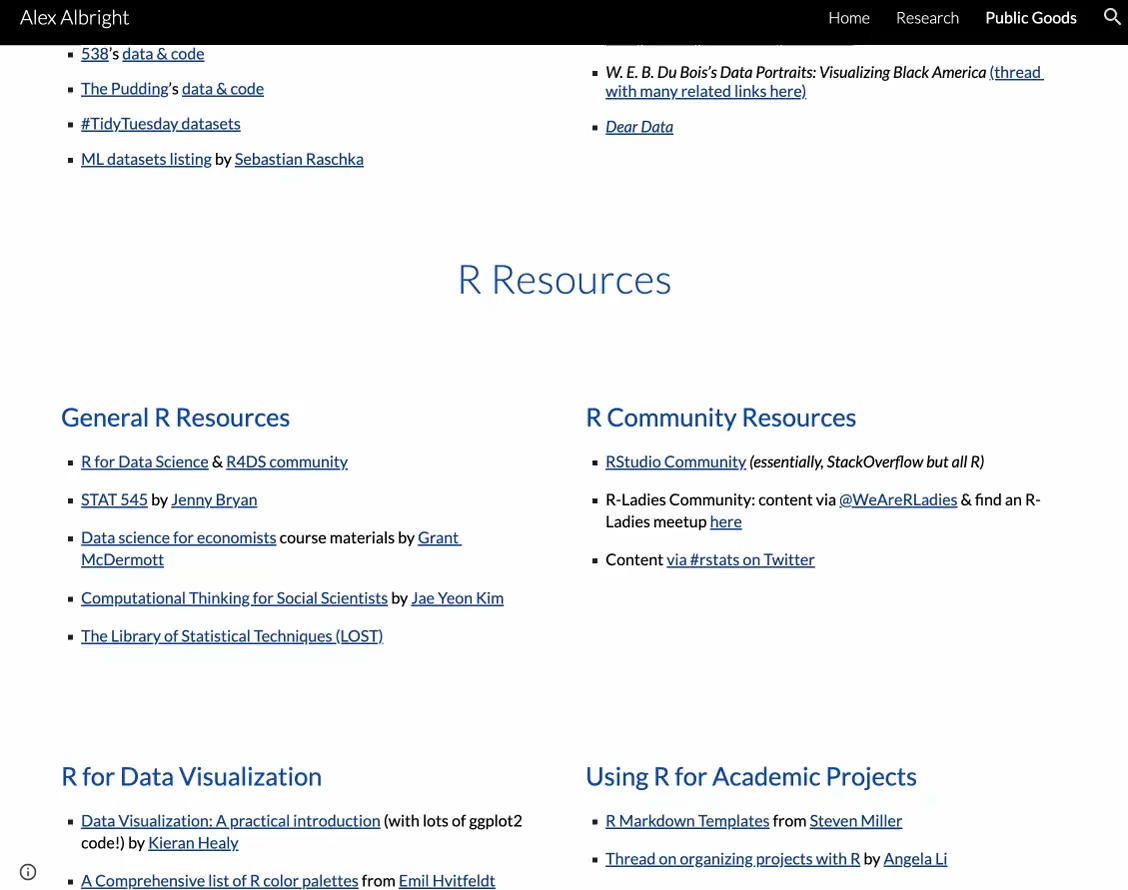Best of #econtwitter - Week of May 8, 2022 [1/3]
Welcome readers old and new to this week’s edition of Best of Econtwitter. Thanks to those sharing suggestions, over email or on Twitter @just_economics.
This is part one of three.
Paper summary threads

Using online genealogies to document novel stylized facts on migrations in an out of urban centers and fertility during the transition from stagnation to growth in the eighteenth and nineteenth centuries in Europe 🧵
My latest paper 🔗 bit.ly/online_genealo…
#EconTwitter


➡️ Stylized fact 2: the decline in fertility first took hold in France, in the mid-eighteenth century and more than a hundred years earlier than in any other country.
(already known but only anecdotal evidence)


I use rural servant contracts from Japan, 1610-1870, to measure wages and append them with medieval wage estimates.
Wages per day were extremely low at 2-3 barebones baskets! A divergence between Japan and England had emerged by at least the medieval times. 2/5


Another difference is that the Japanese worked much longer - around 325 days a year from at least the 17th century!
This was much longer than in Western Europe and long preceded the European "Industrious Revolution". Yet there was no Industrial Revolution. 4/5


Sound the <New Regional GDP Estimates for the United States in 1840 and 1860> klaxon! They're still a work in progress, but here's a thread🧵 on what I've found so far. 1/



Happy to announce that my last PhD thesis paper is now published in the @JUrbanEcon 🥳
Full paper *freely* available here until June 03, 2022
authors.elsevier.com/a/1evaBLPdAttW…
Did top earners move to the Swiss canton of Obwalden after it introduced a *regressive* income tax?
Summary 🧵

New working paper alert!
"Automatic Tax Filing: Simulating a Pre-Populated Form 1040."
Joint with Andy Whitten (@rawecon), Katie Lim, Bruce Sacerdote.
nber.org/papers/w30008.
Short thread follows.
(All opinions in paper + thread are ours and not those of our employers.)


We use a lab-in-the-field experiment with >300 Turkish loan officers. We show that even when officers do not discriminate against female entrepreneurs in obvious ways, they pile on additional requirements (guarantors) that make loans de facto unattainable for many women (2/N)


I have two new papers out @nberpubs today looking at AI adoption in competitive and monopoly markets respectively. They are two papers because the end up making distinct points despite having the same underlying framework. 1/3

Can econ actually explain *any* macro fact across the 🌍? With predicting the distant past, we're not that bad: structural change (from agriculture to services) is mostly due to societies getting richer (wonkish: income effect)
1/13

Public goods
https://twitter.com/Econ_jobs_
^new account / newsletter (no affiliation!) rebroadcasting job moves in econ/finance academia. Thoughts?
—

📢Updated online public goods📢
[1] Collection of ~links~ to data/R/economics profession resources: albrightalex.com/public-goods
cc: #RStats & #EconTwitter people


Super exited that Jobs of the World Project by @iza_bonn is finally out! It compiles labor market outcomes across countries and time using micro data from IPUMS & DHS. Indispensable source for low and middle income countries 👉 jwd.iza.org

PhD students on #EconTwitter: do you have a complete paper draft? Would you like free feedback on the introduction & abstract from a more experienced economist? Sign up here:

Interesting discussions

Let's talk about tables. There are too many of them in presentations.
The strength of tables in a manuscript is their weakness in slides. Tables compress a ton of info efficiently, but it takes more time to extract the info. Think of having to unzip a compressed file (1/n)






